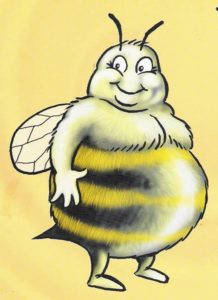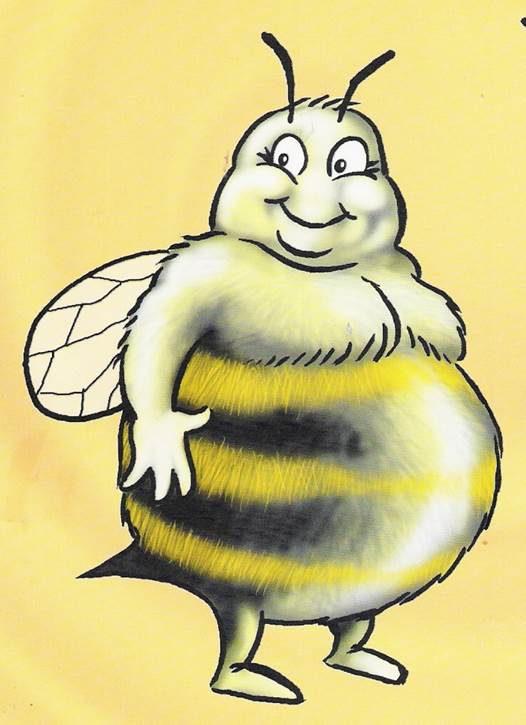In September bee colonies rear the bees that are going to rear FAT fall bees. FAT bees store reserves in their bodies, a process that involves the bee blood protein called vitellogenin, suspending the normal aging process to live many weeks compared to their sisters who live only a few weeks during the active season. Fall colonies need to be FAT too so they provide the overwintering food reserves for when the weather turns colder. See: www.pnwhoneybeesurvey.com for survey summaries on feeding and wintering practices that may help improve overwintering for OR backyarder colonies. There is a specific WVBA report.
Good queen stock improves overwintering but by September it is too late to attempt to requeen. Weaker units can be combined to form stronger ones to bolster the population, if no disease is present. Colonies FAT with a new queen, FAT worker bees and colonies FAT with adult bees help insure overwintering success.
Elevated mite populations will greatly impact successful overwintering of colonies. Mite numbers need be below 2-3% adult infestation (counting mites removed with alcohol or powdered sugar shake from adult bees taken from the brood chamber and dividing by sample size). It is not too late to reduce mite numbers in September with essential oils (Apiguard and ApiLifeVar), formic acid (MAQS) or Apivar treatment. If you are thinking to use Hopguard II or Oxalic acid, wait until there is no or very small amounts of capped brood. We DO NOT WANT colonies FAT with mites.
Our major fall management tool is FEEDING – start with feeding the bees that will rear the FAT fall bees. We would feed carbohydrate (sugar) so the colony can become FAT with sufficient, high quality honey stores. We might feed protein (pollen patties) to help the bees conserve bee bread stores, for use next spring. Feeding helps FATTEN up (i.e. compact) the brood area with capped honey to the sides and above the brood so winter clusters can move upward, keeping in constant contact with honey.
Sugar for fall feeding needs to be of a high quality with few contaminants. Some natural honeys are less useful compared to cane or beet sugar, because they may crystallize rapidly in the comb (canola and ivy for example) or ferment (lavender may do this) or may have higher levels of acids, minerals, etc. (goldenrod and knapweed are examples) making them less desirable than sugar water honey for overwintering. Sugar water honey offers great overwintering qualities.
To insure the bees take and store the sugar water you offer, place it right over the top box (immediately inside or outside the hive covers) or in a division board feeder inside and adjacent to the brood area. Entrance feeders or feed-lot feeders are less desirable as you might be encouraging yellow jacket predation pressure. To encourage the bees to take more syrup, FATTEN the offer and add a smell (a few drops of an essential oil) or use one of the many food stimulants/supplements (Honey-Bee-Healthy is an example). Some beekeepers also FATTEN the syrup with microbiologicals, pro-biotics or amino acid boosters or an increasingly variety of feed “additives.” Independent data on claimed benefits of most of these additives is lacking but if you have success and if you feel your bees overwinter better with their use, then continue with them by all means.
Once the weather cools at night and rains resume, halt the syrup and protein feeding. You can continue supplying sugar but switch to dry sugar, a sugar candy or fondant sugar in a patty. These should be fed inside at the top of the colony (beneath the inner cover or within a special feeder rim). Fall feeding can make a FAT bee. FAT is good for fall bees and you will likely see the difference in colony overwintering success.

